- Kyrgyz President: China-Kyrgyzstan-Ukraine Railway will start construction in 2023
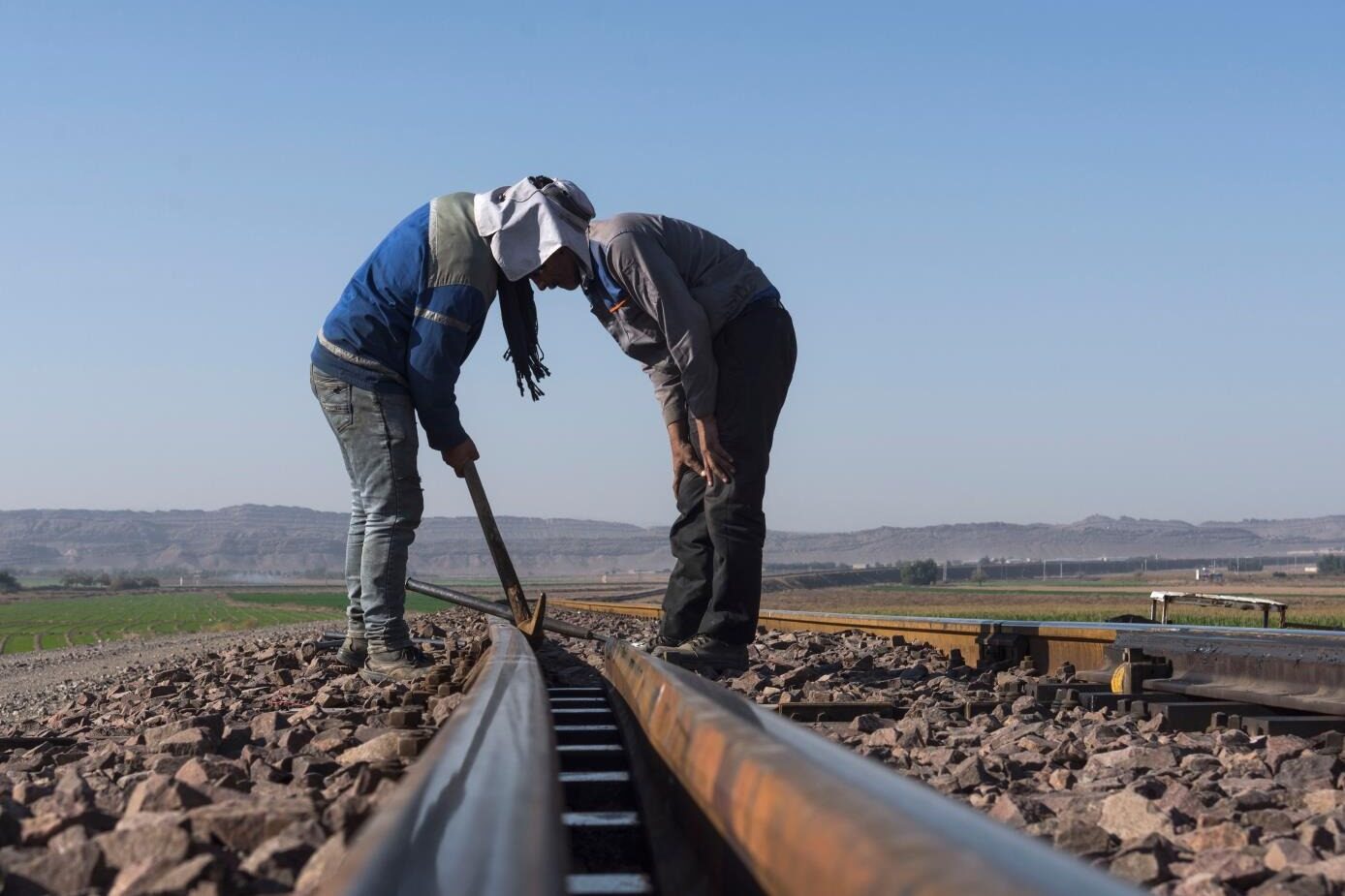
The Sino-Kyrgyzstan-Ukraine Railway was originally conceived in 1997 and proposed by China, aiming to establish a direct railway passage connecting Xinjiang, China, Central Asia, West Asia and even Europe. But in the past 25 years, this railway project has been planned countless times but never came to fruition, and the reasons are intricate.
The awakening of Kyrgyzstan
Kyrgyzstan's President Zaparov said in this external statement: "We have persuaded Putin that Russia no longer opposes the project, so the China-Kyrgyzstan-Ukraine Railway can be implemented." In fact, this is only part of the truth. The cautious attitude is true, but it is not the decisive factor for the delay in the implementation of the China-Gyria-Ukraine Railway. The real problem is the intense political struggle within Kyrgyzstan over the past 20 years.
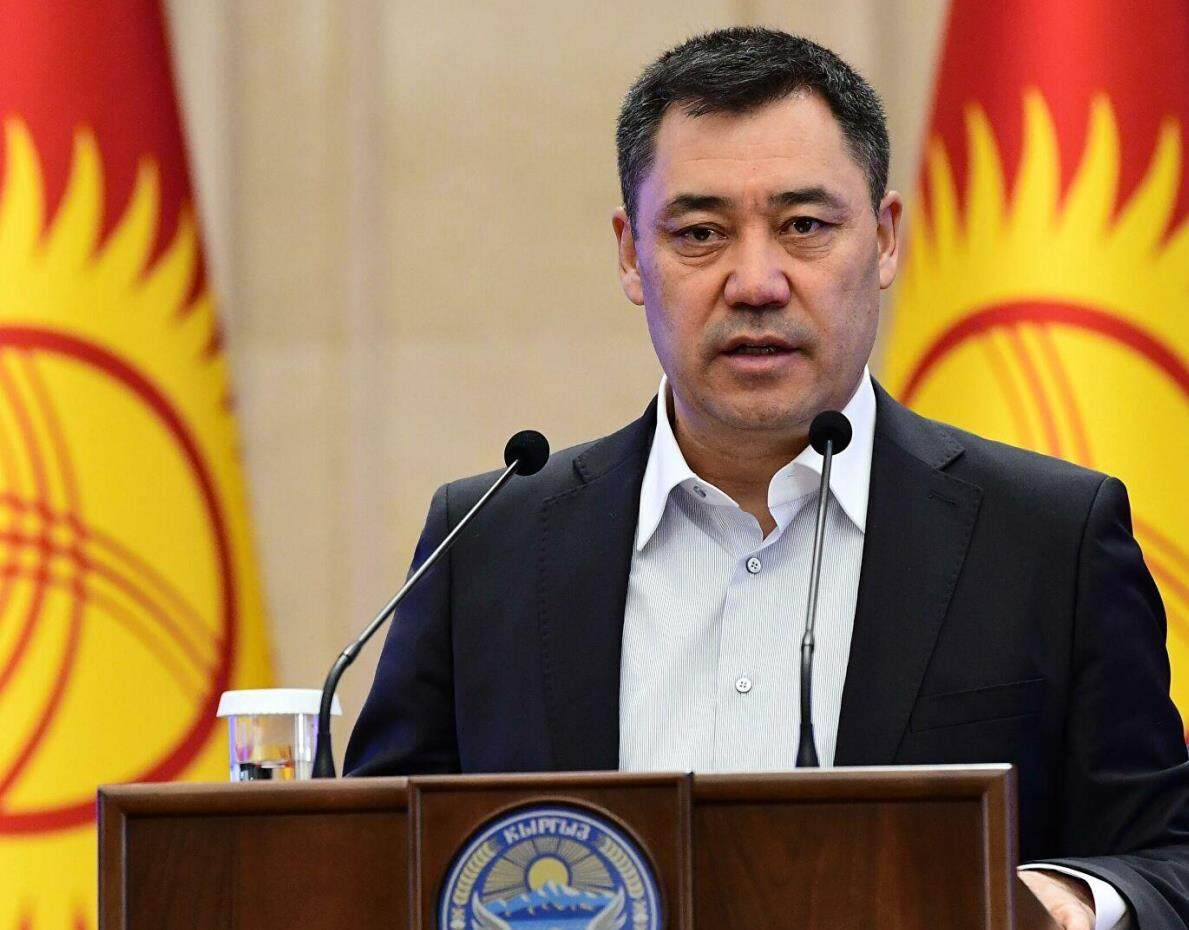
After the collapse of the Soviet Union in 1991, Kyrgyzstan was also "forced" to become independent and adopted an American-style "democratic" political system, which soon took root in Kyrgyzstan's politics and exposed many problems. Taking the China-Kyrgyzstan-Ukraine Railway as an example, often the previous president had just negotiated the terms with China and was ready to promote the implementation of the China-Kyrgyzstan-Ukraine railway project. For a long time, Kyrgyzstan did not look forward to the China-Kyrgyzstan-Ukraine railway as much as Zaparov said. On the contrary, under the instigation of American and Western media and the intervention of various so-called "environmental protection foundations", the China-Kyrgyzstan-Ukraine Railway has been in existence since its inception. It is facing many difficulties from various forces in Kyrgyzstan.
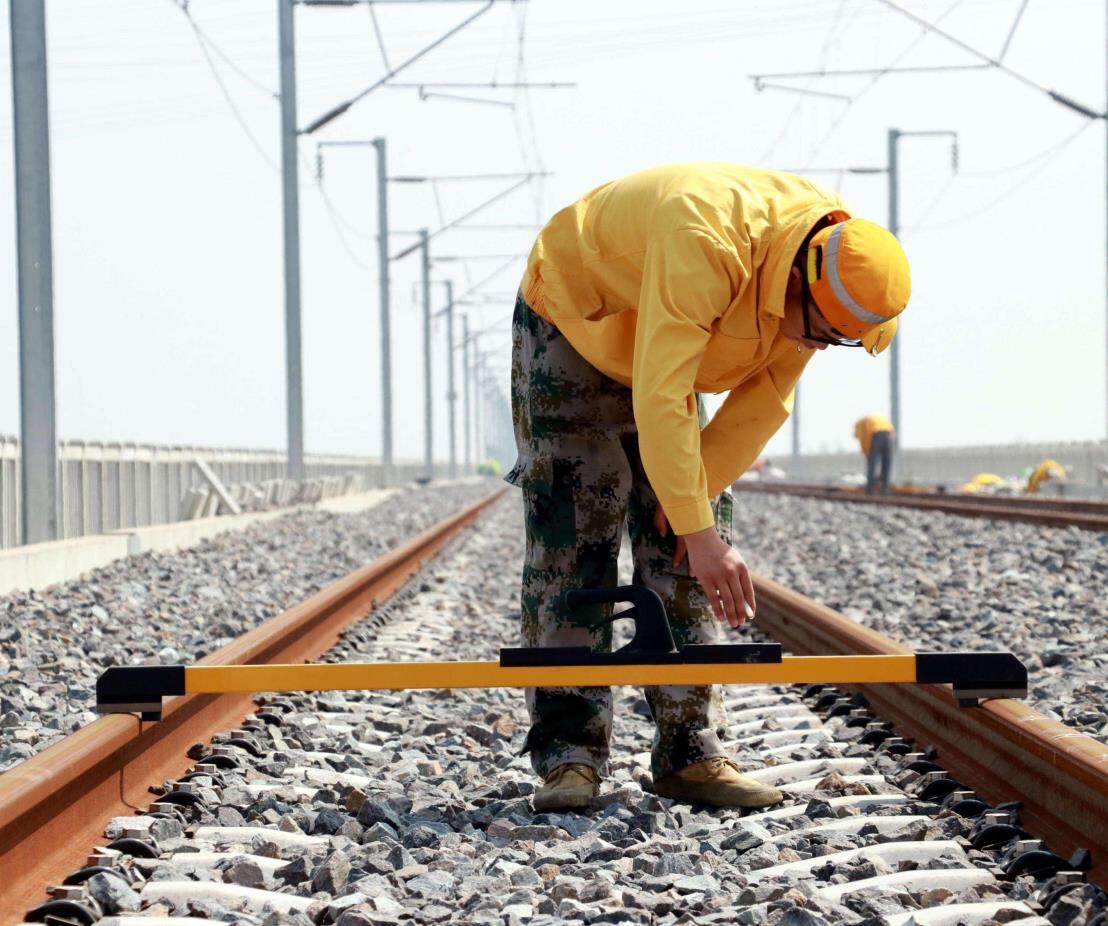
Some people say that the project will damage the environment of Kyrgyzstan after its completion, some people say that it will plunge Kyrgyzstan into a "debt crisis", and some people even say that it will accelerate the exploitation of Kyrgyzstan's mines by foreign financial capital and cause the loss of state property. Those who oppose the construction of the China-Kyrgyzstan-Ukraine Railway can always find reasons in line with Western "political correctness" to stop the progress of the China-Kyrgyzstan-Ukraine Railway. All in all, in the past Kyrgyzstan obviously did not take the China-Gyrgyzstan-Ukraine Railway as important as Zaparov said. So what makes Kyrgyzstan feel that the China-Gyrgyzstan-Ukraine Railway is as important as water and air? The reason is simple: the rise of China.
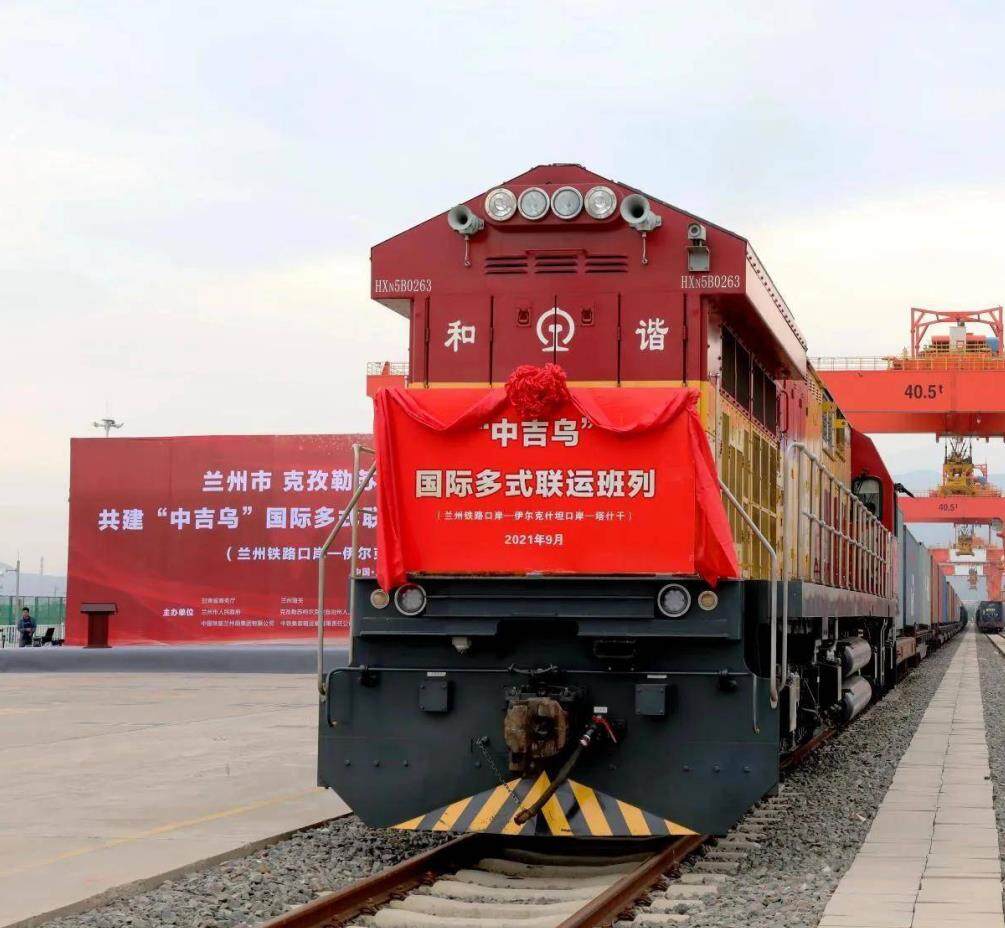
In 1997, China's GDP was not as good as Japan's, and its international influence was far less than it is now. From an economic point of view, although there was trade between China and Europe at that time, the scale was not enough to attract the active closeness of Central Asian countries. By 2021, China has become the world's second largest economy, the number of China-Europe trains to Europe is increasing year by year, and the total trade volume has reached more than 240 billion US dollars. Seeing such a large sum of money pass by, but Kyrgyzstan is not able to get a piece of the pie because it is not connected to the Chinese railway, it is natural to be jealous. From the perspective of international relations, the withdrawal of US troops from Afghanistan shows the decline of European and American influence in Central Asia. The influence of China and Russia has increased, and now the world situation is becoming increasingly turbulent. Saudi Arabia and other Middle Eastern countries in West Asia hope to bring China's power into the Middle East to help the Middle East establish order and maintain the stability of its own country. Kyrgyzstan, which is on the side of China, naturally hopes to follow China. Deepen friendship and bond deeper.
New Eurasian Land Bridge
"In the past, Russia opposed the implementation of the China-Gyrgyzstan-Ukraine railway project." Zaparov's remarks were not accurate enough. In fact, what Russia opposed was only the China-Gyrgyzstan-Ukraine railway project without Russia's participation, rather than not allowing China, Kyrgyzstan and Ukraine to cooperate. From a technical point of view, since the five Central Asian countries were all former republics of the Soviet Union, they are consistent with the railway standards in Russia. However, it is not the same as the railway standards in China, including European and American countries. The railway standard in the former Soviet Union is: the distance between two rails is about 1524mm. The railway standard in China, including Europe and the United States, is: the distance between the two rails is 1435mm. If the China-Kyrgyzstan-Ukraine Railway wants to run through, it must use 1435mm rails. It is not that China has to force Kyrgyzstan to move closer to Chinese standards, but that the China-Kyrgyzstan-Ukraine Railway itself needs to participate in Sino-European trade. The whole journey is more than 10,000 kilometers long, of which the total length of the China-Kyrgyzstan-Ukraine Railway is only a few hundred kilometers. Naturally, it is impossible to restructure other tens of thousands of kilometers of railways for a few hundred kilometers.
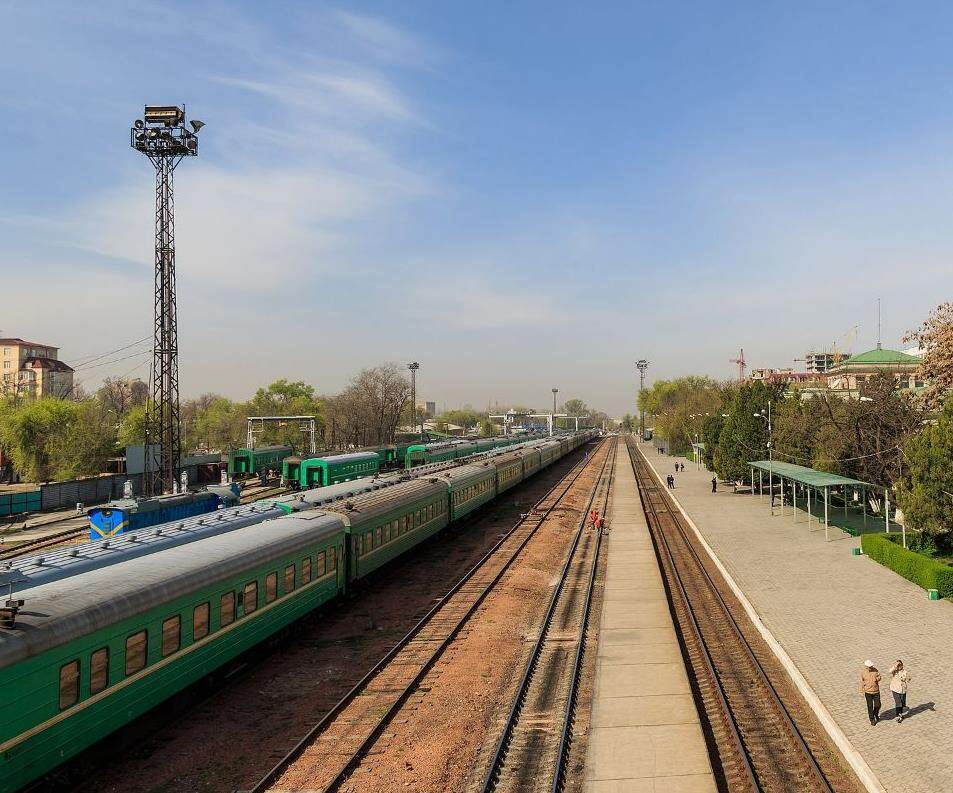
From an economic point of view, the China-Jiangsu-Ukraine Railway is a part of the Eurasian Continental Bridge, and one of the two Eurasian Continental Bridges currently running is from northeast China to Russia, via Siberia to Europe, and the other is from Xinjiang to the port. Via Kazakhstan into Russia and then to Europe. Obviously, the two major Asia-Europe railway lines pass through Russia, and regardless of geographical factors, these two lines have brought a lot of economic benefits to Russia. Once the China-Kyrgyzstan-Ukraine railway is opened, the trade in goods between China and Europe can enter Europe directly from Turkey without going through Russia. The so-called brothers still have to settle accounts clearly. In recent years, Sino-Russian relations have been friendly, but they are naturally reluctant to such a thing that obviously makes Russia lose the opportunity to make money. Why does Russia now agree to build the China-Gyrgyzstan-Ukraine Railway?
America Helps Russia Make Choices
The answer also needs to start with Russia's economic strategy. Since the disintegration of the Soviet Union in 1991, Russia has begun to move closer to the West economically. For the past 30 years, the focus of Russia's economic strategy has been Europe, China in East Asia, and India in South Asia. For the Russian economy, it has always been in the position of earning "extra income". Although Russia straddles Asia and Europe, and some parts of Asia are much larger than those of Europe, in terms of psychological identity, Russia has always regarded itself as a European country. Another example is the Siberia region in the Russian Far East, although the area is vast, but its population is sparse and its economy is weak. The core of its national economy is all in Eastern Europe. If the economy is moved to the Asian part, then the entire development strategy of Russia will have to change accordingly. A variety of reasons are superimposed together, and the Russian government attaches great importance to Europe economically and ignores the reality of Asia.
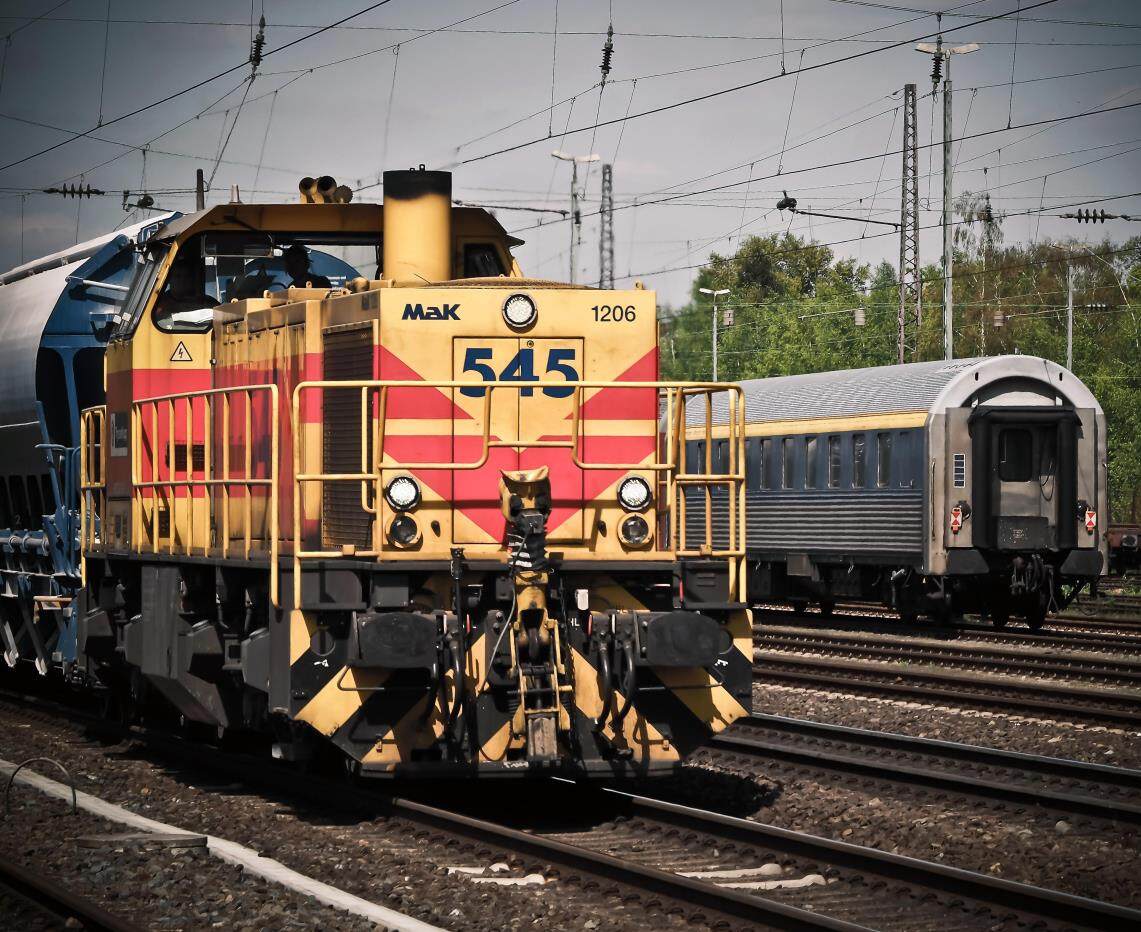
The outbreak of the Russian-Ukrainian war began to prompt Europe and the United States to impose top sanctions on Russia, which in turn prompted Russia, a "long-term worker" who worked for the EU, to suddenly lose their jobs. At this time, Russia must seek new channels to make a living, and moving towards the east is obviously the only choice for Russia. Since it needs to develop eastward economically, and at the same time it cannot trade with Europe, it is not good for Russia to continue to be stuck on the trade line. From this point of view, Russia’s agreement to build the China-Gyria-Ukraine Railway is actually a choice made by Europe and the United States because of sanctions. It is a sign that Russia is completely disappointed with Europe and has shifted its economic strategic focus to Asia.
China's land power foundation
There is no free lunch in the world, and naturally there is no love and hatred for no reason. Since 1997, China has begun to push forward the construction of the China-Gyrgyzstan-Ukraine railway project. From the perspective of direct benefits, after the opening of the China-Kyrgyzstan-Ukraine Railway, the China-Europe trade line does not need to turn north or south, and the transportation distance to Europe has been shortened by nearly 10,000 kilometers. More importantly, the railway regulations of China and Central Asian countries are the same. If the construction of the China-Gyrgyzstan-Ukraine Railway is completed, the China Railway Express will not have to change its wheels to reach its destination when it passes through Central Asia like the northern line of the Eurasian Continental Bridge. The saved material, manpower and time costs will contribute to the promotion of the Belt and Road strategy. Compared with sea transportation, the biggest problem with land transportation is that the cost is too high. As long as the cost of land transportation can be effectively controlled, the land Silk Road will be completely It can be combined with the Maritime Silk Road.
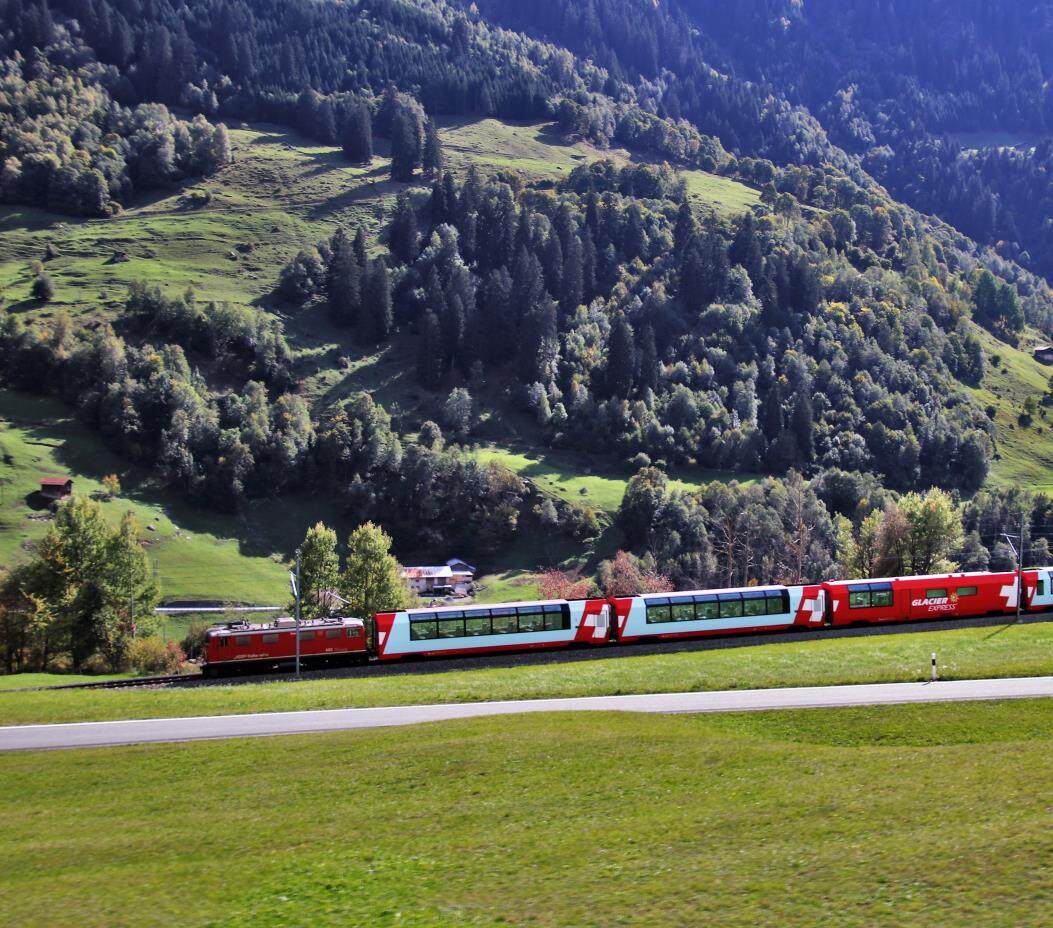
From a political point of view, after the opening of the China-Kyrgyzstan-Ukraine Railway, once there is a change in Central Asia, Chinese peacekeepers can reach most of West Asia, including Saudi Arabia, within three or four days, and at the same time, they can be more closely linked with Iran. In addition, from the perspective of the game of great powers, the competition between China and the United States is ultimately market competition. The EU and the Middle East are both very important components of the global market. One is the concentration of developed countries in the two regions, and the other is the market competition. There are many oil tyrants.
In market competition, the most important factor is cost performance. When a commodity is transported from China to Europe, the transportation cost is very huge. Once the China-Gyria-Ukraine Railway is launched, the trade line between China, the Middle East, and Europe will be shortened, and the reduction of commodity transportation costs can better play the advantage of high quality and low price. At the same time, it can also deepen the relationship between China and the EU, and prevent the EU from being dragged into the trick of confrontation with China by the United States.
The Sino-Kyrgyzstan-Ukraine Railway radiates Russia to the north and Iran to the south. The Eurasian continent can be effectively united to fight against the US sea power with strong land power and occupy the vast majority of the world's population, and win fairer trade for the world Order also provides China with a chance to reach the top.
Rome was not built in a day, but there must be some key nodes in the process of building Rome. The connection of the China-Gyrgyzstan-Ukraine Railway can be regarded as a key node for China's Belt and Road strategy to further take root in the global soil. This railway, which is highly overlapping with the ancient Silk Road, will It is the first stop to end 300 years of Anglo-American maritime hegemony.Editor/XingWentao
Comment
 Praise
Praise
 Collect
Collect
 Comment
Comment
 Search
Search


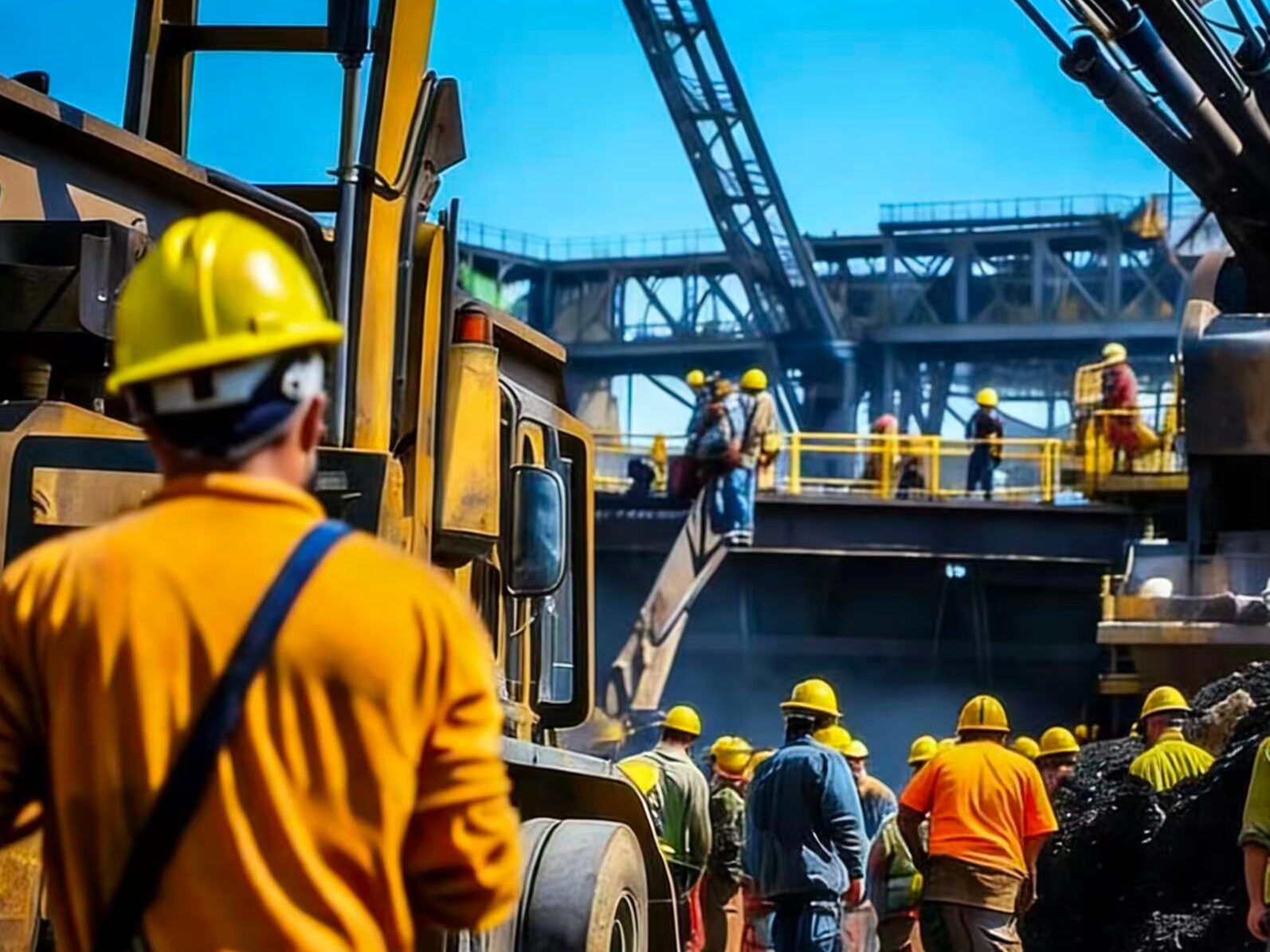











Write something~